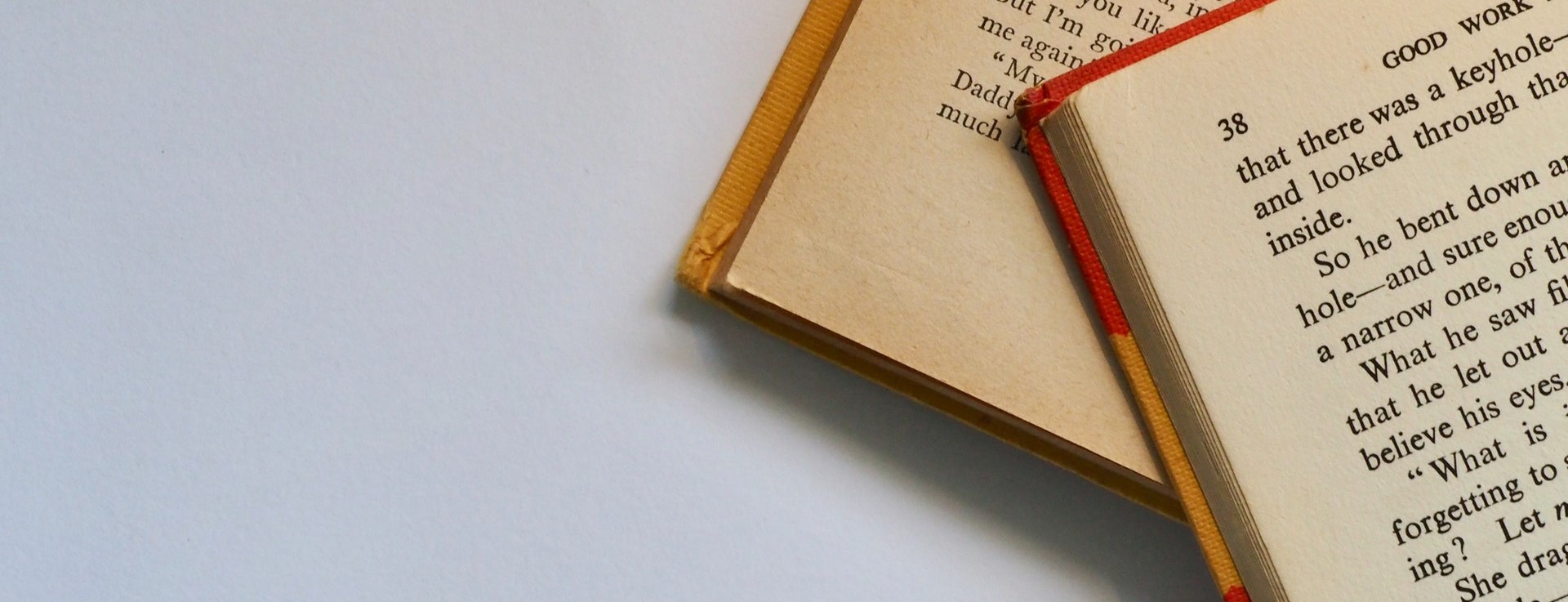
Nepali Writers Haven’t Found Readers Abroad

RAMCHANDRA KC
Mar 26, 2020
Over the years, Nepali literature has gained little traction on the international frontier. An array of writers, publishers, and content critics have discussed at length the struggles of Nepali literature in the global market.
However, discussions on the matter have overshadowed the actual actions taken, as no plausible plans have been implemented to change the narrative.
Nepali literature is produced and consumed primarily at home, making it less exposed. A dearth of translations creates barriers to taking the work of Nepali writers to the global stage. Lack of government interest in doing so coupled with the lack of collaboration between Nepali publishers and their international counterparts has heightened the problem.
Creating an ambience for Nepali literature to thrive internationally begs the question: How can Nepali books be translated? Nepali writing, in English, caught international attentional only after the publication of Manjushree Thapa’s The Tutor of History and Samrat Upadhyay’s Arresting God in Kathmandu. Coming to translation, perhaps Binod Chaudhary’s autobiography and Narayan Wagle’s Palpasa Cafe helped take Nepali literature to the outside world.
According to Padam Bishwarkarma, former head of the International Nepali Literary Society (INLS), an effective way of publicising Nepali literature in the international market is by translating it into English and other major languages. It would be prudent to go through an international publishing house to have a wider reach. If for example, the nature of work is to be translated to American English, then looking for a publishing house in the US will do the trick. But this has not been practised much by Nepali authors and publishers with an emphasis.
What’s more, it would also mean having to spend quite an amount of cash because, apart from seeking the help of a publisher, authors will have to take on the self-publishing cost alone. The high cost associated with it and the kind of dedication it warrants often deters writers from seeking an international publisher.
While self-publishing doesn’t guarantee the author that their books are sold, it assures them of having access to notable distribution platforms such as Amazon, Apple, Barnes & Noble; even wholesalers for public and academic libraries. One of the most recent examples of a self-published book by a renowned Nepali author is Dharabasi’s Radha. It was published by Xlibris Publishing, an imprint of Author Solutions, one of the major self-publishing companies in the United States. Dharabasi’s novel is available on all major distribution platforms, except libraries. The library market in the United States is highly competitive.
In the United States alone, more than 50 percent of books out of 600,000 to 1,000,000 published each year are self-published. Out of the total books published, more than 99.99 percent are never noticed by readers due to the challenges and costs associated with marketing.
It is essential to note that simply shipping books abroad and reselling it to communities of Nepalis overseas does not mean that the books in question can be considered to have reached the international market, because they are not read by the mainstream readers. Often when these books are exported, they are not valued and do not gain as much recognition as they should. Nepali publisher Anjan Shrestha established that the sales of Nepali literature in the US are way too low compared to the number of Nepali citizens that reside in the US.
It appears that Nepali literature is not thriving in places like the US, where there’s a growing population of about 300,000 Nepalis, owing to poor marketing and the lack of translated works. Another fundamental problem is that the citizens of the country seldom engage in reading translated texts or concern themselves with settings and characters coming from uniquely different cultures like Nepal.
The lack of a discovery web serves as another hindrance. This pattern of marketing involves selling yourself via social media by making one’s work appealing to the targeted audience. Details such as the author’s name and biography, book title and description, reviews, and other metadata should pop up when people search the web for information.
There’s a huge difference between Nepali publishing and mainstream publishing. It would be unfair to compare Nepali writers with renowned authors such as Murakami, James Patterson, and Stephen King who have already been propelled to fame. Entering into the mainstream publishing market is a continual process, and strategically self-publishing or going through literary agencies can be good starting points.
(This article was originally published in The Kathmandu Post)

Ram Khatri
Translator of Franz Kafka’s ‘The Metamorphosis’ in Nepali, Ram has worked as the managing editor and publishing manager for academic and commercial publishers in the United States. He holds an M.S. in publishing from Pace University, New York, and an M.A. in English literature from Tribhuwan University, Kathmandu. Ram is always fascinated by truly diverse, unrepresented, and heartwarming stories that touch lives.

